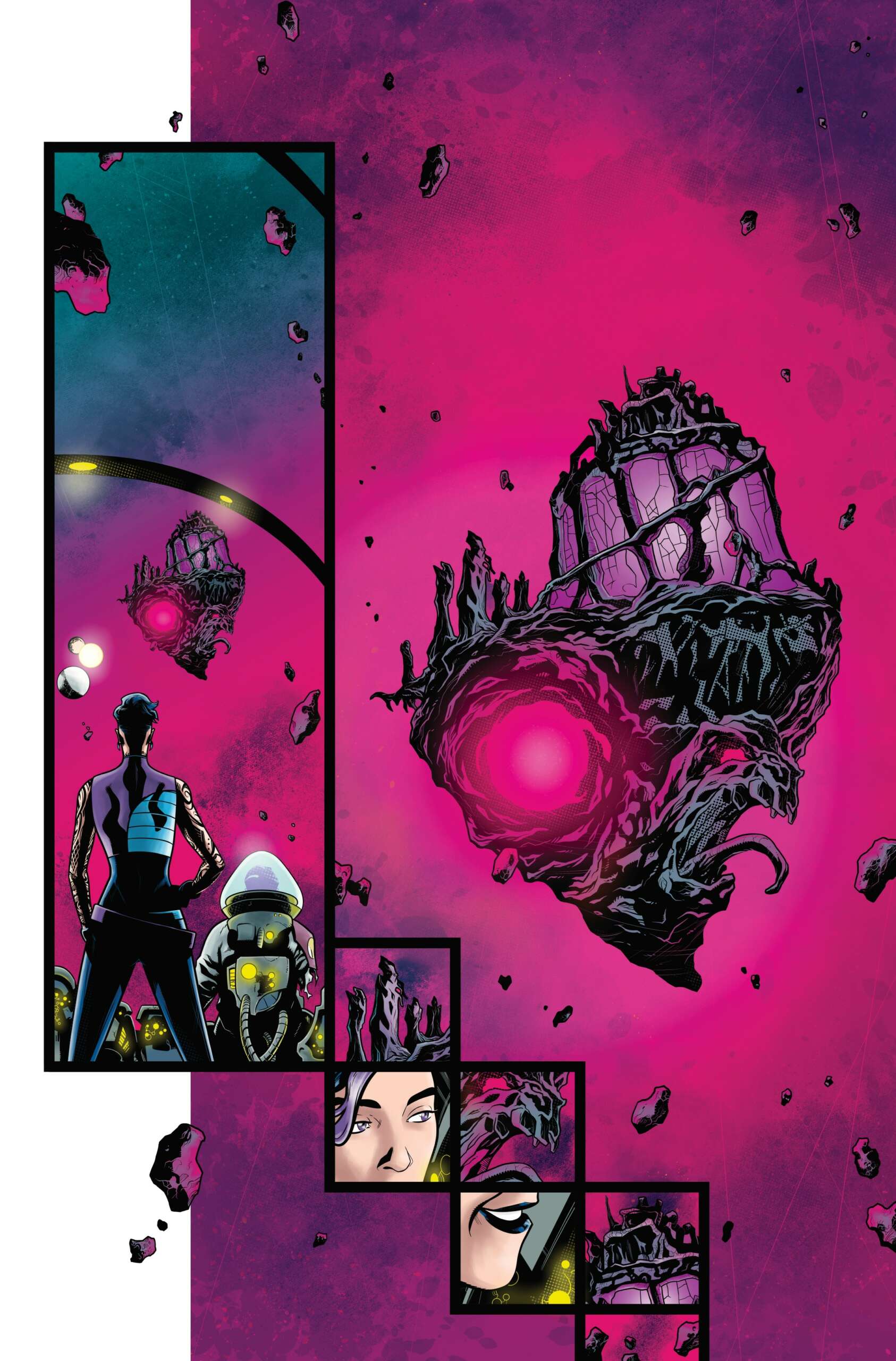We were lucky to catch up with Lee Ferguson recently and have shared our conversation below.
Lee, thanks for taking the time to share your stories with us today We’d love to hear about when you first realized that you wanted to pursue a creative path professionally.
I knew that I wanted to tell stories … specifically, comicbook stories … from the age of four or five, I guess. Some of my earliest memories are of taking copy paper, folding and stapling it to make a book (usually with help from an adult after I stapled a finger to a page), and then filling up the pages. I’m not sure the storytelling was really there, yet … I think those first books were really just cool things happening with no context, but hey … it was fun. And then at some point I realized all of my favorite comics had logos, trades dress, and prices on them, so I started adding those to my books as well, which led my grandma to pay me for the books I made. So I guess I was working “professionally” at a very young age! But I never really put a lot of thought into it … I kept the books at either 10 or 20 cents. Artists never know how to price their work :) The really cool thing, though, was that when my grandma passed — this was forty or so years later — my granddad pulled out a portfolio she’d kept over the years. It had high school and college art projects, and those comics from back when I was four or five.


Great, appreciate you sharing that with us. Before we ask you to share more of your insights, can you take a moment to introduce yourself and how you got to where you are today to our readers.
Well, I’ve been working in the comicbook business for just a little over 20 years, now. I’ve worked on books at Marvel, DC, IDW, Dynamite and quite a few other places, and created or co-created titles like MALICENT BLACK, SAM AND HIS TALKING GUN, SYMPATHY FOR NO DEVILS, THE MANY ADVENTURES OF MIRANDA MERCURY, and FREAK. I’ve mostly been an artist, but from time to time I get to color my work as well, which is something I really love to do. I’m currently focusing on more creator-owned work, and I’m excited to write as well as draw more projects going forward. In this business, especially now, I think it really pays to diversify. And to be honest, I enjoy changing gears now and then. It helps me see my work from different angles that way.


Learning and unlearning are both critical parts of growth – can you share a story of a time when you had to unlearn a lesson?
I’ve had to learn to turn down jobs. And it’s hard! When you’re breaking in, you’re just thrilled that somebody (anybody!) wants to pay you to draw a story for them. It doesn’t matter what it is, the goal is to get as much work as you can, right? To turn it around, blow everyone away with your skill and professionalism. And I don’t know how it is for everyone else, but for me..? I’ve had to learn that when I get pitched a job, if I feel that nagging doubt, if I hear that voice in the back of my head saying ‘nuh-uh’ … well, I need to listen to it. I’ve taken on some jobs that were fine jobs, but I was just not a good fit for the project. I’ve taken on other jobs that were just flat-out bad jobs. And I’ve never ended up feeling like ‘well, I’m glad I did that job after all.’ If you can’t see your way in, if you’re not interested in the project … then just say thanks, maybe next time. And move on.


For you, what’s the most rewarding aspect of being a creative?
For me, it’s all about telling stories that connect with the reader in some way. A way that leaves a lasting impression. And it’s probably not possible with every project (sometimes you’re just telling the story about the time Thor had to hit a guy in the head with a hammer), but I do really find myself drawn to stories that have a strong emotional core, whether that’s as a creator or as part of the audience. I love it when a story sticks with me, makes me think about the characters and the world for awhile after. So when somebody comes up to me at a con and they tell me they really liked this book or that story, it means a lot. I like to know I was part of giving them a story that stuck with them.


Contact Info:
- Instagram: @lee_michael_ferguson
- Twitter: @LeeMFerguson
Image Credits
All art by Lee Ferguson, except for the CHAMBER piece, featuring inks by Norm Rapmund and color by Jose Villarrubia


